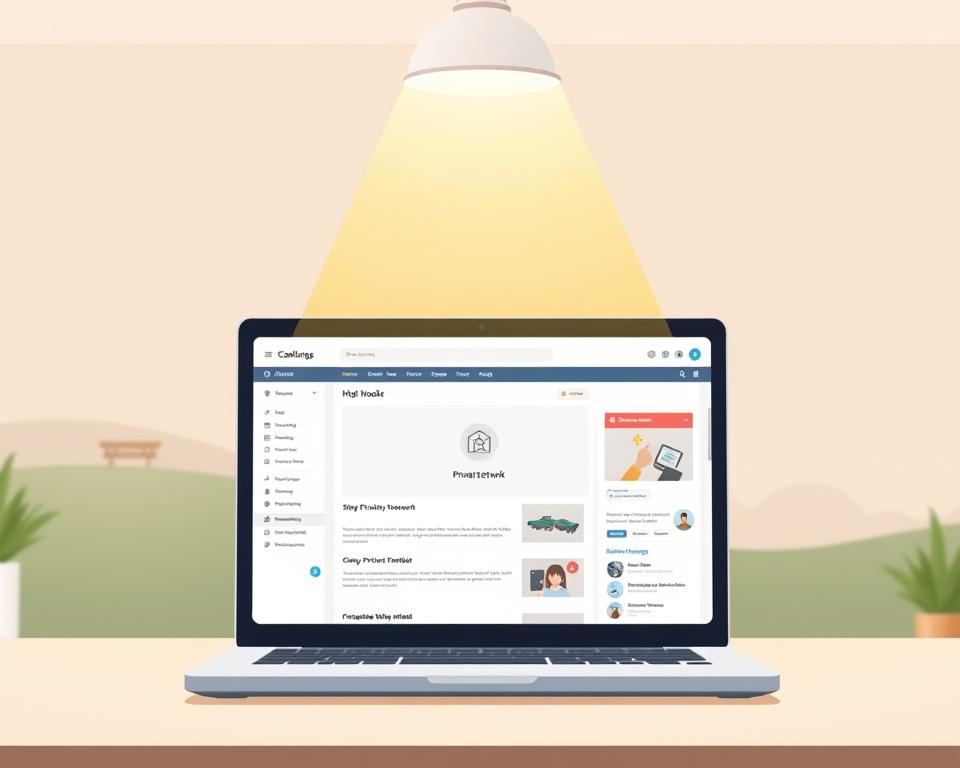PBN Link Building Explained
Did you realize almost 60% of SEO experts have employed PBN links? What makes a PBN so alluring is its ability to amplify a site’s authority. This can lead to better rankings in search engines. Yet, what truly defines a Private Blog Network in the SEO world? It might seem like a quick way to climb the ranks, yet using PBN SEO services poses significant risks. Those dangers include harsh Google penalties. Let’s dive into the fundamentals of blog guest post and why they’re so captivating to many in the SEO field.
Defining a PBN
A PBN comprises multiple sites set up to generate private blog network backlinks. This method aims to increase search engine visibility by passing link equity from these sites to the primary one. Often these networks rely on expired domains that still hold some mojo, crafting a veneer of legitimacy.
What drives a PBN is simple. Marketers employ them to amplify their digital footprint. They achieve this through:
- Securing high-value links that elevate SERP standings.
- Controlling the quality and relevance of these backlinks.
- Building a network of sites that link to each other naturally.

Behind the Scenes of PBN Links
They function by simulating organic endorsements through private blog network backlinks. Each PBN link is engineered to deceive crawlers into thinking it’s a genuine vote of confidence.
The process involves carefully chosen keywords and domains within a network of blogs. While this method can quickly improve rankings, it poses significant risks.
Backlinks should be cloaked within credible, value-driven articles to avoid detection.
PBN Benefits
The chief allure of PBNs lies in their backlink control. One of the primary benefits is the immediate control over backlinks.
Leveraging aged domains with residual trust is a PBN hallmark.
With PBNs, you can tailor anchor text strategy to pinpoint exact keywords.
Hazards of Using PBNs
PBNs carry significant risks that every SEO strategist must weigh. A major concern is the risk of Google penalizing websites that use these networks.
PBN vs. Outreach
In the competitive world of SEO, professionals often face challenges with traditional link-building strategies. They eliminate the reliance on third-party permissions.
PBN Management Tips
Safeguard your network by following these protocols. Vet domains meticulously to avoid bad neighborhoods.
Identifying PBN Links on Your Website
Use tools like Semrush or Ahrefs to trace suspicious links.
| Indicators of PBN Links | Description |
|---|---|
| Low-Quality Domains | Links from domains with poor authority or less than optimal rankings. |
| Irrelevant Content | Links embedded in content that does not match your site’s niche. |
| Suspicious Anchor Text | Repetitive or irrelevant anchor text patterns. |
| Thematic Similarity | Lack of a coherent theme among linking pages and domains. |
Using Google’s Disavow Tool
- Identify harmful PBN backlinks through thorough analysis.
- Create a disavow file correctly, listing specific URLs or domains to disavow.
- Upload the disavow file to Google Search Console.
Ethical Link Building Alternatives
Exploring ethical link building strategies offers valuable alternatives to utilizing Private Blog Networks (PBNs). Guest blogging is a prominent option.
PBN Misconceptions
Many assume PBNs are risk-free quick fixes.
Where PBNs Are Headed
| Factor | PBNs | Future SEO Practices |
|---|---|---|
| Content Quality | Low emphasis on genuine content | High emphasis on high-quality, valuable content |
| Risk Factor | High risk of penalties | Lower risk with authentic practices |
| User Engagement | Limited engagement | Enhanced user interaction and loyalty |
| Sustainability | Unsustainable in the long term | Focus on sustainable growth |
The Bottom Line
However, the pitfalls and penalties often outweigh the benefits.
